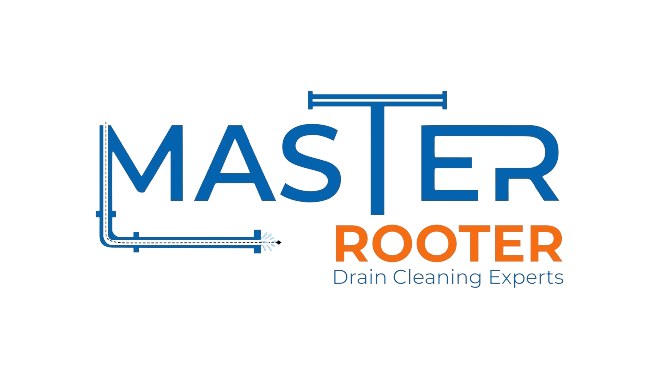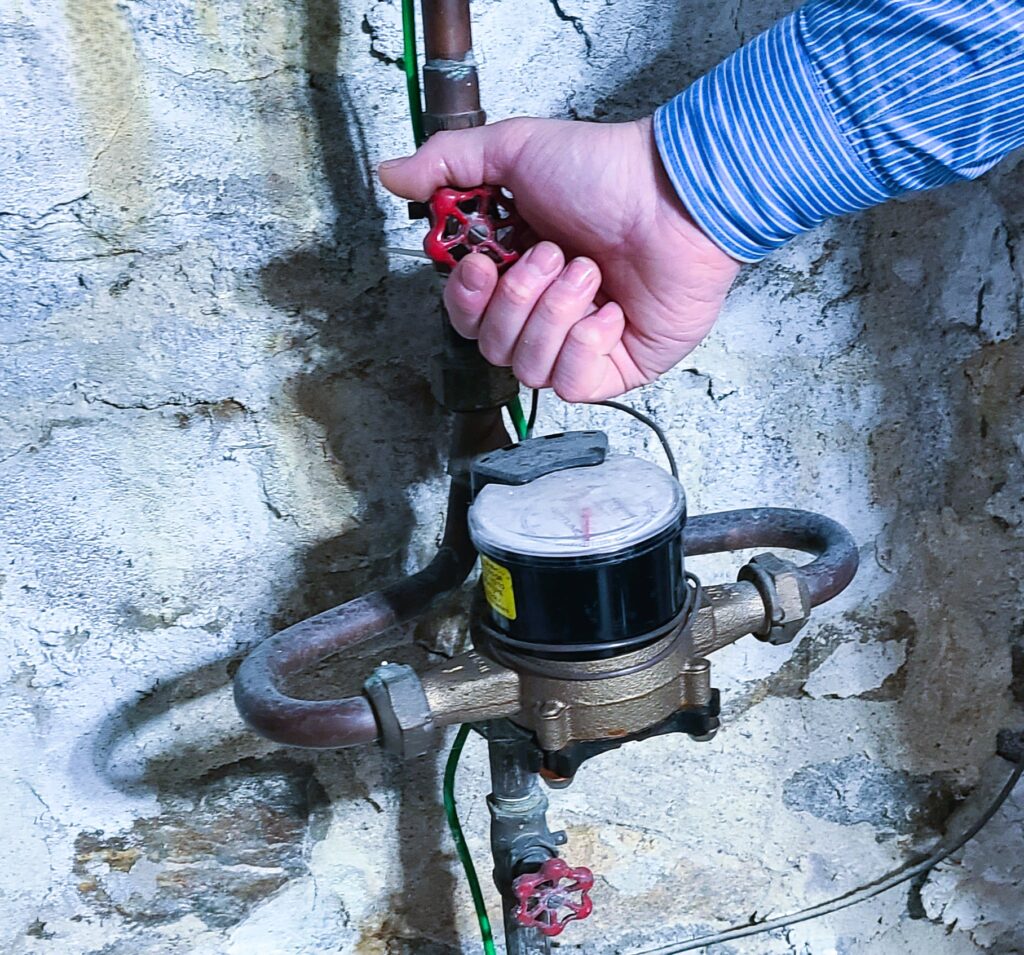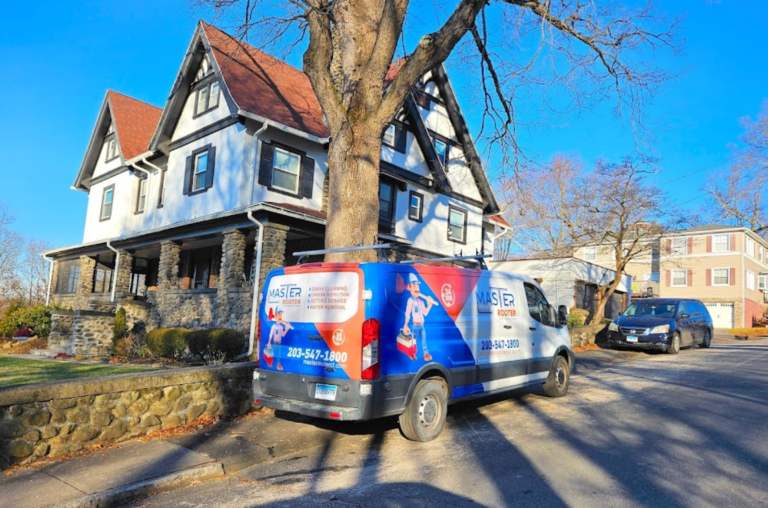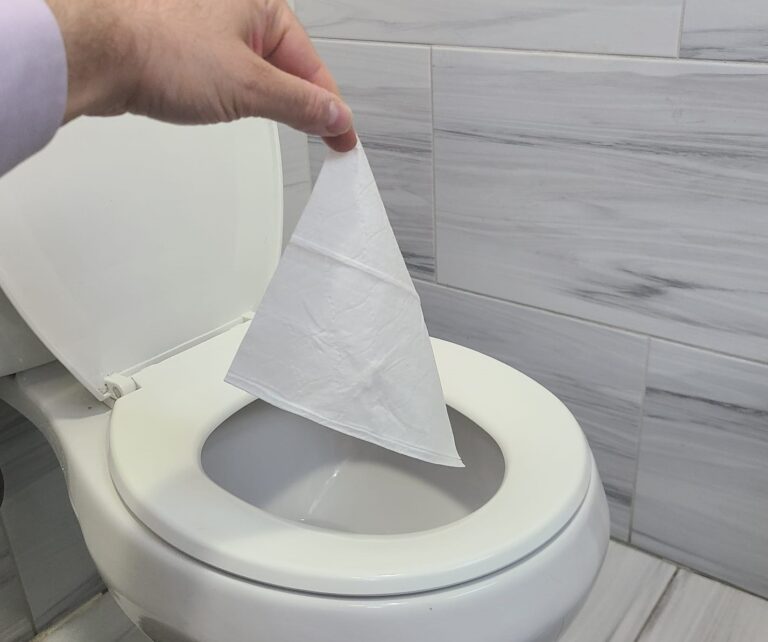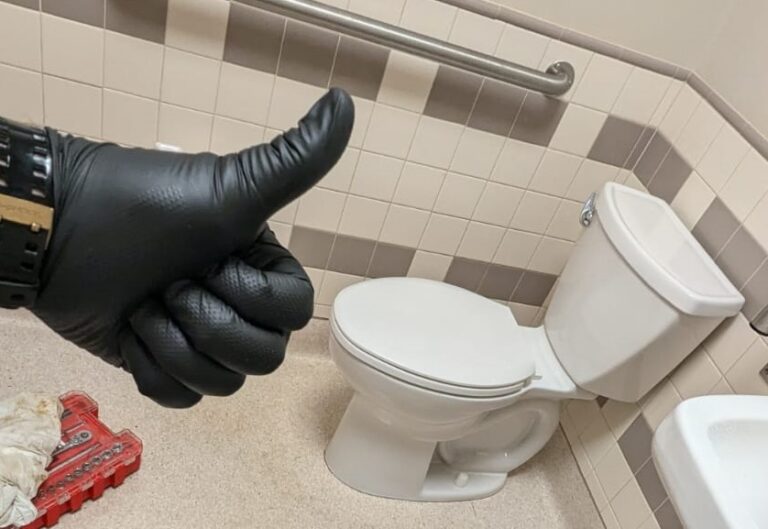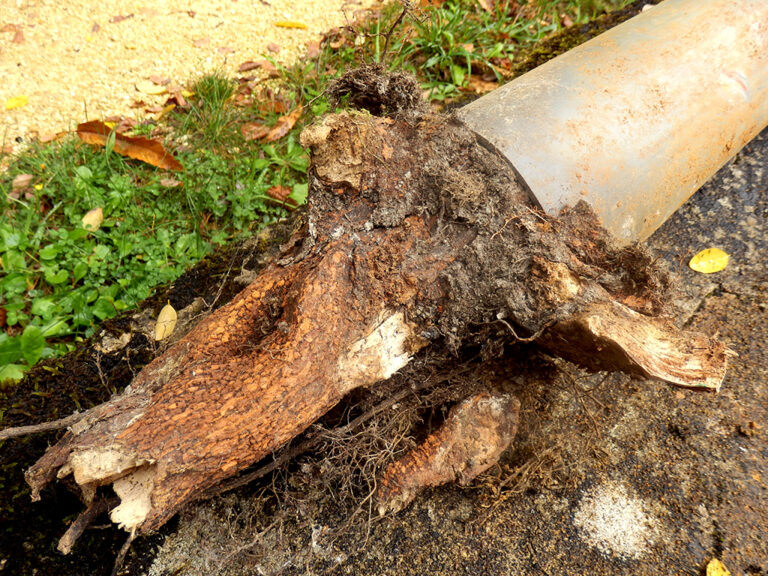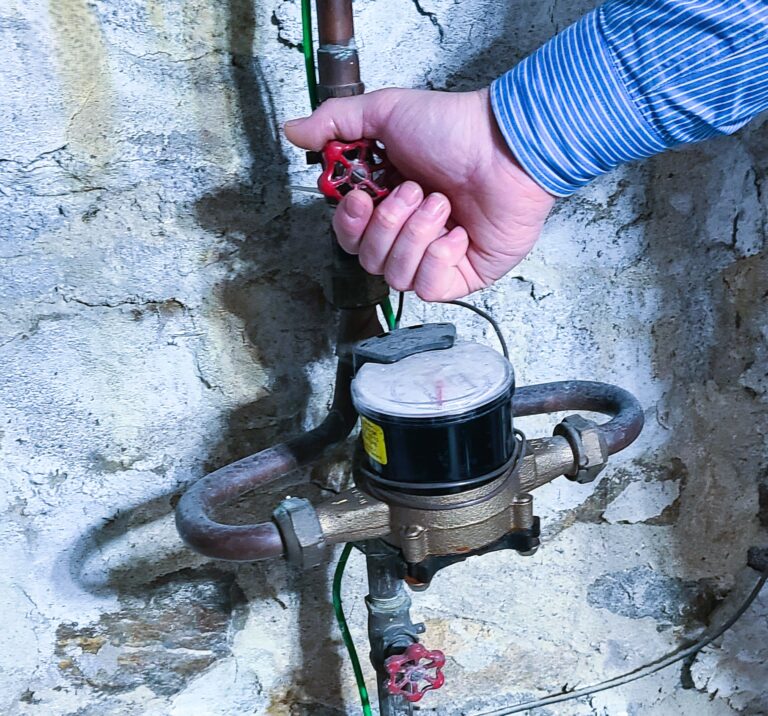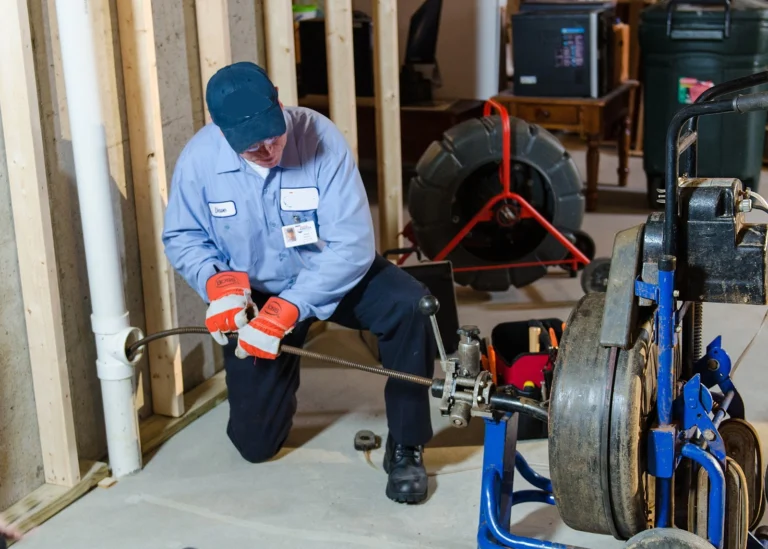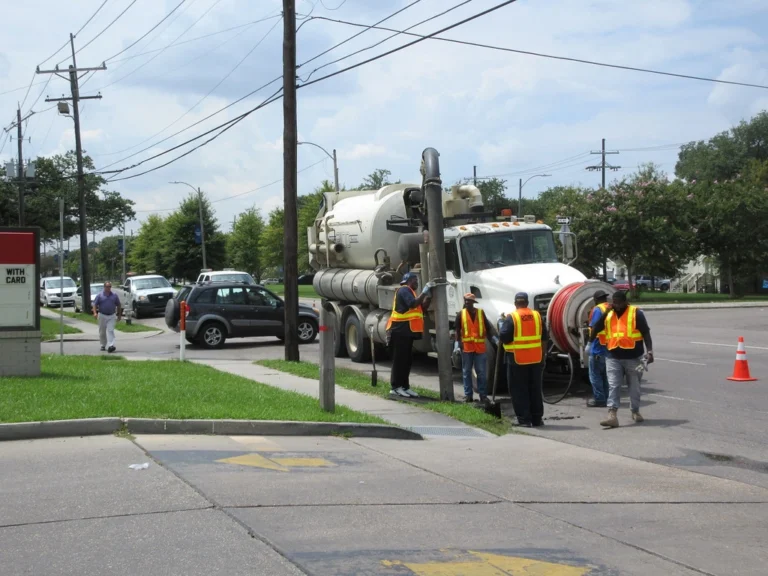Understanding the layout and key components of your home’s plumbing system is essential for every homeowner. Among the most crucial pieces of knowledge is knowing where your shut-off valve is located. This valve is your first line of defense in case of plumbing emergencies, allowing you to quickly stop the flow of water to prevent damage and facilitate repairs. Let’s explore why knowing the location of your shut-off valve is important and how to find it.
Why It Matters:
Emergency Preparedness: Whether you’re dealing with a burst pipe, a leaking faucet, or a clogged toilet, being able to shut off the water supply swiftly can minimize water damage and potential flooding in your home.
Facilitating Repairs: Plumbers or maintenance professionals will often need to shut off the water to specific areas of your home to perform repairs or installations. Knowing where the shut-off valve is saves time and ensures the work can proceed smoothly.
Peace of Mind: Having this knowledge gives you confidence in handling minor plumbing issues yourself and knowing when to call for professional help.
Finding Your Shut-Off Valve:
Locate the Main Valve: In most homes, the main shut-off valve is located near where the water main enters the house. This is typically in the basement, crawl space, utility room, or near the water heater.
Follow the Pipes: Trace the path of the main water supply pipes from where they enter your home. The shut-off valve is usually located within a few feet of this entry point.
Check Utility Areas: If you have a utility sink or washing machine, the shut-off valve may be located nearby, often on the wall behind these appliances.
Consult Home Plans or Documentation: If you’re unsure or cannot locate the shut-off valve visually, refer to your home’s blueprints or inspection reports, which often indicate the location of key plumbing components.
Tag or Mark the Valve: Once found, consider tagging or marking the shut-off valve with a label or brightly colored tape for easy identification in emergencies.
Types of Shut-Off Valves:
Gate Valve: Common in older homes, these valves require several turns clockwise to fully shut off water flow.
Ball Valve: More common in newer constructions, these valves have a lever handle that you turn 90 degrees to stop the flow of water.
Maintenance and Testing:
Knowing where your shut-off valve is located is a fundamental aspect of home ownership and maintenance. It empowers you to act swiftly in plumbing emergencies and ensures the longevity and functionality of your home’s plumbing system. Take the time to locate your shut-off valve today – it’s a small effort that can make a big difference in protecting your home.
Regular Checks: Periodically test your shut-off valve to ensure it operates smoothly and can effectively stop the flow of water.
Maintenance: If you have gate valves, consider replacing them with ball valves, which are more reliable and easier to operate.
In Conclusion:
Knowing where your shut-off valve is located is a fundamental aspect of home ownership and maintenance. It empowers you to act swiftly in plumbing emergencies and ensures the longevity and functionality of your home’s plumbing system. Take the time to locate your shut-off valve today – it’s a small effort that can make a big difference in protecting your home.
Section Title
The world of underground utilities can be a complex one. When dealing with delicate pipes and cables buried beneath the surface, precision and safety are paramount. This is where two powerful tools...
In our fast-paced world, convenience often reigns supreme, and flushable wipes have emerged as a popular choice for quick personal hygiene and cleaning. Marketed as a modern upgrade to traditional...
Toilets are generally reliable fixtures, but when they start leaking, it can be a real headache. Not only does a leaking toilet waste water, but it can also cause water damage to your bathroom floor...
Tree roots might seem like a harmless part of nature, but they can cause significant problems for your home’s plumbing system. When roots invade pipes, they can lead to blockages, leaks, and even pipe...
When it comes to clearing a stubborn clog in your drain, Drano often seems like the go-to solution. Marketed as a powerful drain cleaner capable of dissolving hair, grease, and other blockages, Drano...
Understanding the layout and key components of your home’s plumbing system is essential for every homeowner. Among the most crucial pieces of knowledge is knowing where your shut-off valve is...
In the realm of home maintenance, few tasks are as vital yet often overlooked as drain cleaning. Clogged drains can lead to a myriad of problems, from unpleasant odors to potential water damage...
Storm drains play a crucial role in our communities, helping to manage excess water during heavy rainfall and prevent flooding. However, over time, storm drains can become clogged with debris, leading...
